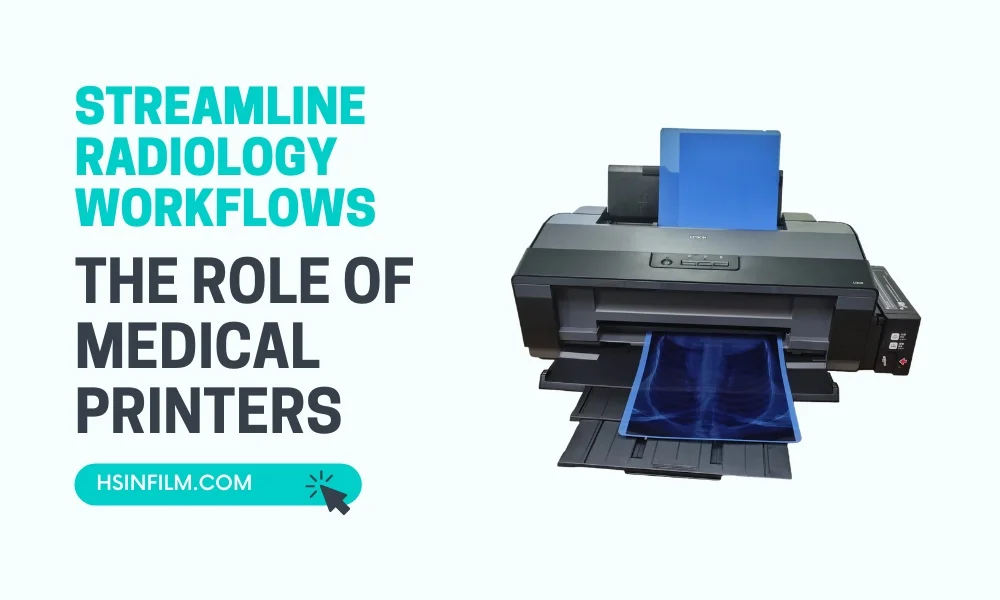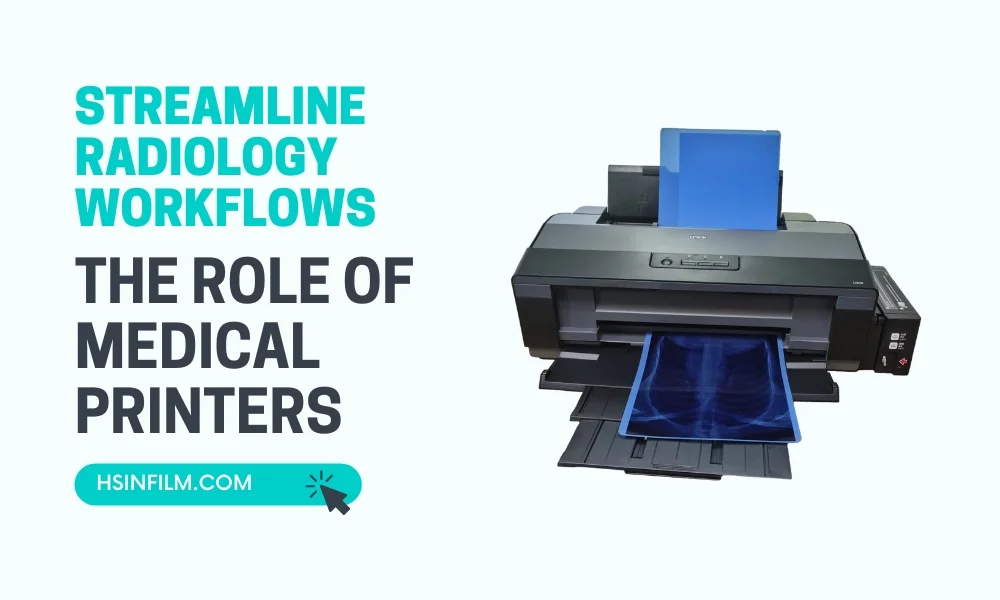Chiropractors play a significant role in healthcare, often focusing on diagnosing and treating musculoskeletal disorders, particularly those involving the spine. One crucial tool they use in their practice is diagnostic imaging. This blog post explores the role of chiropractors in diagnostic imaging, the types of imaging they use, and the benefits of these technologies for patients.
Table of Contents: Chiropractors in Diagnostic Imaging
Understanding Chiropractic Care
What is Chiropractic Care?
Chiropractic care is a healthcare discipline that focuses on diagnosing and treating mechanical disorders of the musculoskeletal system, particularly the spine. Chiropractors believe that these disorders affect general health via the nervous system.
Role of Chiropractors
Chiropractors are trained to assess, diagnose, and manage patients with musculoskeletal issues. They use a variety of techniques, including manual adjustments, to restore joint function and support the nervous system. Their goal is to relieve pain and improve the overall physical health of their patients.
Also read: Discover Wisdom Teeth on X-ray
Importance of Diagnostic Imaging in Chiropractic Care
Why Use Diagnostic Imaging?
Diagnostic imaging is essential in chiropractic care as it helps chiropractors get a detailed view of the patient’s internal structures. This detailed view is crucial for accurate diagnosis and effective treatment planning.
Enhancing Diagnosis
Imaging allows chiropractors to see beyond the physical symptoms and understand the underlying issues. This capability enhances the accuracy of their diagnoses and enables them to develop more effective treatment plans.
Monitoring Progress
Diagnostic imaging is also used to monitor the progress of a patient’s treatment. By comparing images taken before and after treatment, chiropractors can assess the effectiveness of their interventions and make necessary adjustments.
Types of Diagnostic Imaging Used by Chiropractors
X-rays
What Are X-rays?
X-rays are a form of electromagnetic radiation used to create images of the inside of the body. They are particularly useful for viewing bones and detecting fractures or dislocations.
How Chiropractors Use X-rays
Chiropractors commonly use X-rays to assess the spine and other skeletal structures. These images help them identify misalignments, fractures, and degenerative conditions like arthritis.
MRI (Magnetic Resonance Imaging)
What is MRI?
MRI is a non-invasive imaging technique that uses magnetic fields and radio waves to produce detailed images of the body’s internal structures. It is especially useful for soft tissue imaging.
How Chiropractors Use MRI
Chiropractors use MRI to get detailed images of the spine, muscles, ligaments, and other soft tissues. This helps in diagnosing conditions like herniated discs, spinal stenosis, and other soft tissue injuries.
CT (Computed Tomography) Scans
What is a CT Scan?
A CT scan combines X-ray images taken from different angles and uses computer processing to create cross-sectional images of the body. It provides more detailed information than standard X-rays.
How Chiropractors Use CT Scans
Chiropractors may use CT scans to get a detailed view of complex bone structures or to assess the extent of an injury. This is particularly useful in cases where X-rays do not provide enough information.
Ultrasound
What is Ultrasound?
Ultrasound imaging uses high-frequency sound waves to produce images of the inside of the body. It is commonly used to view muscles, tendons, and other soft tissues.
How Chiropractors Use Ultrasound
Chiropractors use ultrasound to assess soft tissue injuries, guide joint injections, and monitor healing progress. It is a valuable tool for diagnosing conditions that involve muscles and tendons.
Benefits of Diagnostic Imaging in Chiropractic Care
Accurate Diagnosis
One of the primary benefits of diagnostic imaging is the ability to make accurate diagnoses. By seeing the internal structures, chiropractors can identify the exact cause of a patient’s symptoms and plan appropriate treatments.
Effective Treatment Planning
With detailed images, chiropractors can develop precise treatment plans tailored to the individual needs of their patients. This leads to more effective treatments and better outcomes.
Non-Invasive Assessment
Diagnostic imaging provides a non-invasive way to assess a patient’s condition. This means there is no need for surgical procedures to get a clear view of what is happening inside the body.
Patient Education
Imaging also serves as an excellent tool for patient education. By showing patients their X-rays, MRIs, or CT scans, chiropractors can help them understand their condition better and the reasons behind the recommended treatments.
Limitations and Considerations
Radiation Exposure
While diagnostic imaging is incredibly useful, it is essential to consider the potential risks, such as radiation exposure from X-rays and CT scans. Chiropractors use these tools judiciously to minimize risks.
Cost
The cost of imaging studies can be a concern for some patients. However, the benefits of accurate diagnosis and effective treatment often outweigh the costs.
Access to Advanced Imaging
Not all chiropractic clinics may have access to advanced imaging technologies like MRI and CT scans. In such cases, chiropractors may refer patients to other facilities for these studies.
Dispelling Myths: Common Misconceptions About Chiropractic Diagnosis
Let’s address misconceptions about chiropractors’ diagnostic abilities. While adept at musculoskeletal assessments, chiropractors are not substitutes for medical doctors in detecting systemic conditions like cancer. Specialized assessments are crucial for accurate diagnoses.
Diagnostic Imaging in Chiropractic Care: A Tool for Spinal Health
X-rays are invaluable in chiropractic care, primarily for assessing spinal health. They reveal alignment issues and structural concerns, guiding chiropractors in devising tailored treatment plans. However, systemic conditions like cancer require a different diagnostic approach.
Understanding Chiropractic Assessments: Beyond the Spine
Chiropractic assessments focus on musculoskeletal issues, not systemic diseases. Understanding this scope helps individuals appreciate the specialized role of chiropractors in enhancing overall well-being through targeted interventions.

Patient Education: Empowering Individuals to Make Informed Healthcare Choices
Empowering individuals with knowledge is key. Patient education enables informed healthcare decisions. Understanding the distinct roles of healthcare professionals allows individuals to actively participate in their well-being.
Collaborative Healthcare: The Ideal Approach for Comprehensive Patient Well-being
Advocating for a collaborative healthcare model, where chiropractors, medical doctors, and specialists work synergistically, ensures comprehensive patient care. Each professional contributes unique insights, fostering a holistic approach to health.
The Diagnostic Journey: What to Expect from Various Healthcare Professionals
Navigating the diagnostic journey involves engaging with different healthcare professionals. Chiropractors, medical doctors, and specialists each play distinct roles, contributing to a thorough understanding of health conditions and effective treatment plans.
Conclusion
In conclusion, chiropractors are instrumental in musculoskeletal health, utilizing diagnostic imaging for targeted assessments. However, recognizing their limitations and advocating for collaboration with medical doctors is crucial for comprehensive patient care.
Chiropractors play a crucial role in diagnosing and treating musculoskeletal conditions, and diagnostic imaging is a vital tool in their arsenal. By using various imaging technologies such as X-rays, MRI, CT scans, and ultrasound, chiropractors can accurately diagnose conditions, plan effective treatments, and monitor patient progress. Understanding the role and benefits of diagnostic imaging in chiropractic care helps highlight the importance of these technologies in improving patient outcomes and enhancing the overall healthcare experience.
Diagnostic imaging not only aids in accurate diagnosis but also helps chiropractors educate their patients and tailor treatments to individual needs. While there are considerations like radiation exposure and cost, the benefits of these technologies far outweigh the drawbacks. As technology advances, the future of chiropractic imaging looks promising with innovations like digital imaging, AI, and portable devices, ensuring that chiropractors continue to provide high-quality care to their patients.
By understanding the integral role of diagnostic imaging in chiropractic care, patients can appreciate the value these tools bring to their overall health and wellness journey. Whether you’re experiencing back pain, a sports injury, or another musculoskeletal issue, know that your chiropractor has access to powerful imaging technologies to help diagnose and treat your condition effectively.
Frequently Asked Questions
- Can a chiropractor definitively diagnose cancer through X-rays?
- No, chiropractors focus on musculoskeletal assessments. Detecting cancer requires specialized medical evaluations.
- Why is collaboration between chiropractors and medical doctors essential?
- Collaborative efforts ensure a holistic approach, combining expertise for accurate diagnoses and comprehensive patient care.
- What are the common misconceptions about chiropractic diagnosis?
- Some believe chiropractors can replace medical doctors for systemic conditions, like cancer. This is untrue; specialized assessments are necessary.
- When should one consider seeking a medical doctor after a chiropractic assessment?
- If red flags, especially those indicative of cancer, are observed during a chiropractic assessment, prompt referral to a medical doctor is recommended.
- How does patient education contribute to better healthcare choices?
- Patient education empowers individuals to understand the roles of different healthcare professionals, making informed decisions for their overall well-being.
















